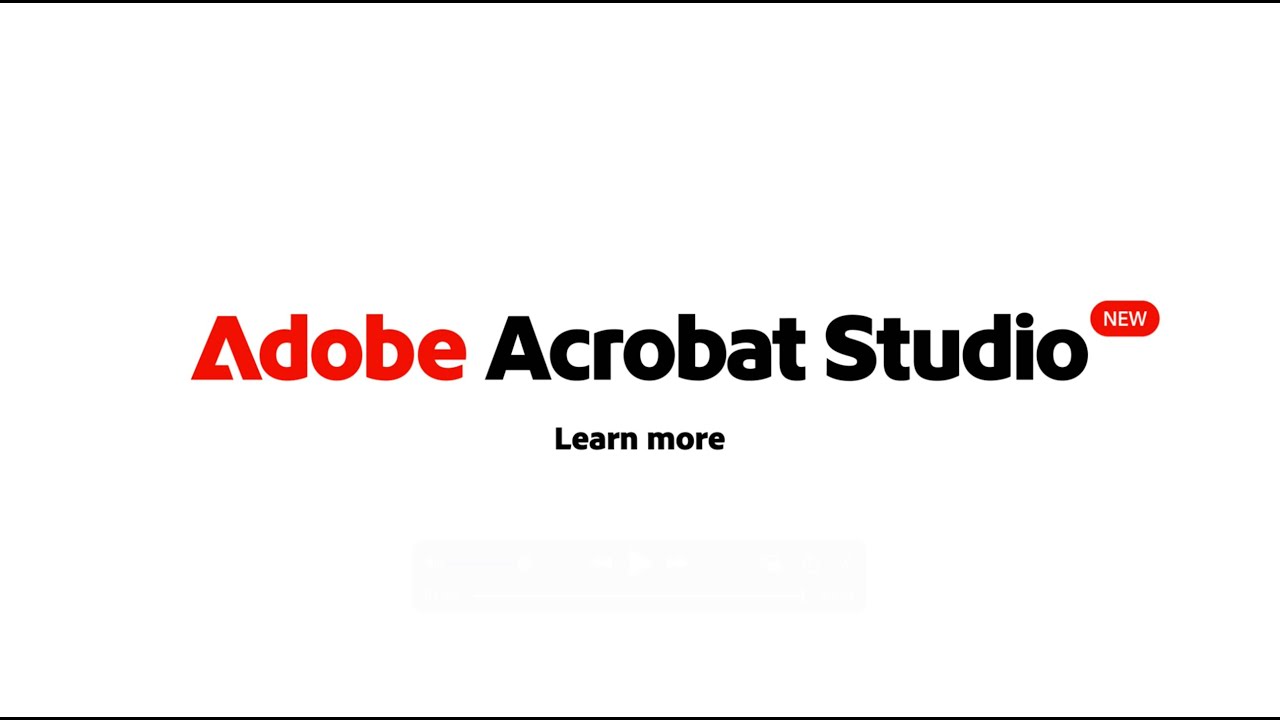Adobe has taken a significant step forward with the launch of Acrobat Studio, a platform aimed at redefining the role of PDFs in the age of artificial intelligence. Three decades after the format was introduced—and now hosting over 3 trillion documents—Microsoft wants to prove that PDFs are not relics of the digital past but foundational to the future of smart and creative work.
Acrobat Studio combines Acrobat Pro tools, Adobe Express content creation capabilities, and AI agents in a single space, transforming static files into conversational ecosystems where users can extract knowledge, generate ideas, and produce ready-to-use content.
The PDF Enters the Age of Artificial Intelligence
Traditionally associated with reliability and universality, PDFs have also been viewed as a rigid format. With Acrobat Studio, Adobe shifts that perception, turning PDF into a dynamic platform.
The innovation centers around PDF Spaces, a new concept that turns collections of files and web pages into collaborative, intelligent hubs. Users can interact with their documents through customizable AI assistants acting as instructors, analysts, or even creative advisors.
These agents can summarize, analyze, recommend, and cite information directly from the original sources, increasing trust in the results. It’s more than just asking a chatbot; it’s having a specialized AI system focused on critical documents.
Productivity and Creativity in One Environment
One of the key features is the native integration of Adobe Express Premium into Acrobat Studio. This allows users to immediately turn ideas or key data into infographics, presentations, social media posts, or AI-generated videos via Adobe Firefly.
This streamlines the document workflow—eliminating the need to switch from a PDF reader to a design app or re-export content. Creation and editing coalesce into a unified process, suitable for marketing and sales teams, students, teachers, lawyers, or financial analysts.
Impact on Businesses and Governments
Adobe’s offering goes beyond individual users, positioning Acrobat Studio as a strategic tool for businesses and public agencies looking to boost productivity and cut costs amid the rising influence of generative AI.
- Sales teams can centralize client insights, automate recommendations, and craft visual presentations ready for meetings.
- Finance departments can summarize complex reports, derive key metrics, and produce visual dashboards.
- Legal and compliance teams can update regulatory documents, identify relevant changes, and speed up contract reviews.
- Educational institutions can offer students interactive AI-powered study spaces that synthesize information and generate learning guides.
All of this is secured with advanced encryption, a safe environment, and compliance with international regulations. Adobe emphasizes that documents are only processed upon user request, and each AI response is accompanied by traceable citations.
Aligned with the Era of Agentic AI Strategies
The release of Acrobat Studio coincides with a wave of new product launches where AI agents are expected to be the next major technological leap after chatbots. Companies like Salesforce, Microsoft, and Google are exploring similar productivity models, but Adobe leverages its advantage: the document as a core workspace.
Its control over the PDF ecosystem gives Adobe a privileged position. By integrating conversational AI, creative tools, and security into one platform, Adobe aims to establish Acrobat Studio as the key nexus between productivity and creativity.
Economic and Strategic Context
This launch comes at a pivotal time for Adobe. Having led the creative software industry with Photoshop, Illustrator, and Premiere for decades, the company faces the challenge of staying ahead of startups in generative AI and giants like OpenAI or Canva.
With Acrobat Studio, Adobe reinforces its message: it doesn’t want to compete solely in creativity but also in AI-driven enterprise productivity. This opens new revenue streams in a market where enterprise AI investments are growing double digits, and companies are eager to consolidate tools that reduce costs and risks.
Availability and Pricing
Acrobat Studio has been available since August 19 in English, with plans to expand into other languages soon. Adobe announced that PDF Spaces and AI Assistant will be offered at no extra cost until September 1 as part of the rollout.
Early access plans start at $24.99 per month for individual users and $29.99 for teams, positioning the solution competitively against office suites and collaborative AI platforms.
A Further Step in PDF Evolution
Thirty years after PDFs became the standard for digital information, Adobe is reinventing the format to fit the AI economy. Acrobat Studio transforms PDFs from static files into living spaces for analysis, creativity, and collaboration.
In an increasingly information-saturated business environment, Adobe’s strategy is clear: turning PDFs into the epicenter of intelligent productivity and creativity.
Frequently Asked Questions (FAQs)
1. What is Adobe Acrobat Studio?
It’s a new platform that combines Acrobat, Adobe Express, and AI agents to turn PDFs and files into conversational workspaces for analysis and content creation.
2. What are PDF Spaces?
Dynamic environments where users can interact with collections of files via customizable AI assistants capable of summarizing, recommending, and generating insights.
3. How does it differ from other AI platforms?
Unlike generic suites, Acrobat Studio is rooted in the PDF ecosystem, offering built-in security and reliability, along with creative functions powered by Adobe Express and Firefly.
4. What’s the cost and availability?
Available since August 2023 in English, with plans for broader language support. Starting at $24.99/month for individuals and $29.99 for teams.


